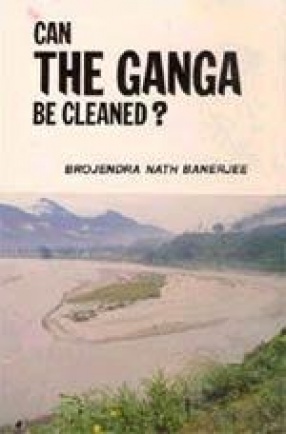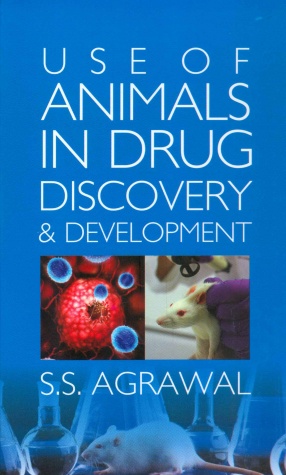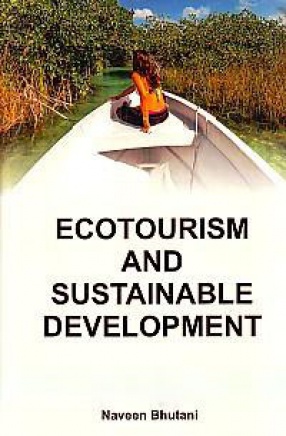The Ganga Action Plan is based on an in-depth study of the pollution sources from where sewage discharge flows into the Ganga along with half-cremated human bodies. In the industrial areas of Howrah, Calcutta and Kanpur the Ganga has become highly polluted and this has caused a large number of fish to perish. Further, those who eat fish from the waters of the Ganga become the victims of serous stomach ailments and other critical diseases. The mercury and lead content of the effluents have poisoned the entire food chain along the banks of the Ganga. According to an earlier study undertaken by the Central Board for Prevention and Control of Water Pollution, the discharge of untreated sewage from class I towns (population of more than 1 lakh) located along the banks of the Ganga is the principal source of pollution since the local municipalities are not equipped with adequate plants and installation of subsidized electric crematoria away from the Ganga. The Ganga Action Plan envisaged the prevention of this pollution by intercepting and diverting about 900 million litres of untreated sewage every day which were usually discharged in the river. The Ganga Action Plan has a budget of Rs. 292.31 crore for its broad programme of 259 schemes so far identified covering 27 cities of U.P. Bihar and West Bengal. The allocation during the Seventh Five Year Plan 1985-90 for these schemes has been Rs. 240 crores. The Government has also sanctioned construction of 28 crores. The Government has also sanctioned construction of 28 electric crematoria at Hardwar, Kanpur, Allahabad, Patna, Monghyr, Bhagalpur, Berhampur, Nabadwip, and different parts of the Calcutta metropolis on the banks of the Hooghly river. In Varanasi, an electric crematorium is being constructed by the U.P. Government. As for the problem of half-burnt or unburnt human bodies being thrown into the Ganga, apart from the social customs and religious beliefs, one of the principal reasons is the high cost and scarcity of wood for cremation. The Ganga should not be the permanent dumping ground for wastes of all kinds, if we mean to keep the Ganga clean. But there are more ecological issues involved that the book talks about regarding a better solution to the problem.
Can the Ganga be Cleaned?
In stock
Free & Quick Delivery Worldwide
Bibliographic information
Title
Can the Ganga be Cleaned?
Author
Edition
1st ed.
Publisher
ISBN
8170185440
Length
x+197p., Tables; Maps; Figures; Plates; Bibliography; Index; 25cm.
Subjects








There are no reviews yet.